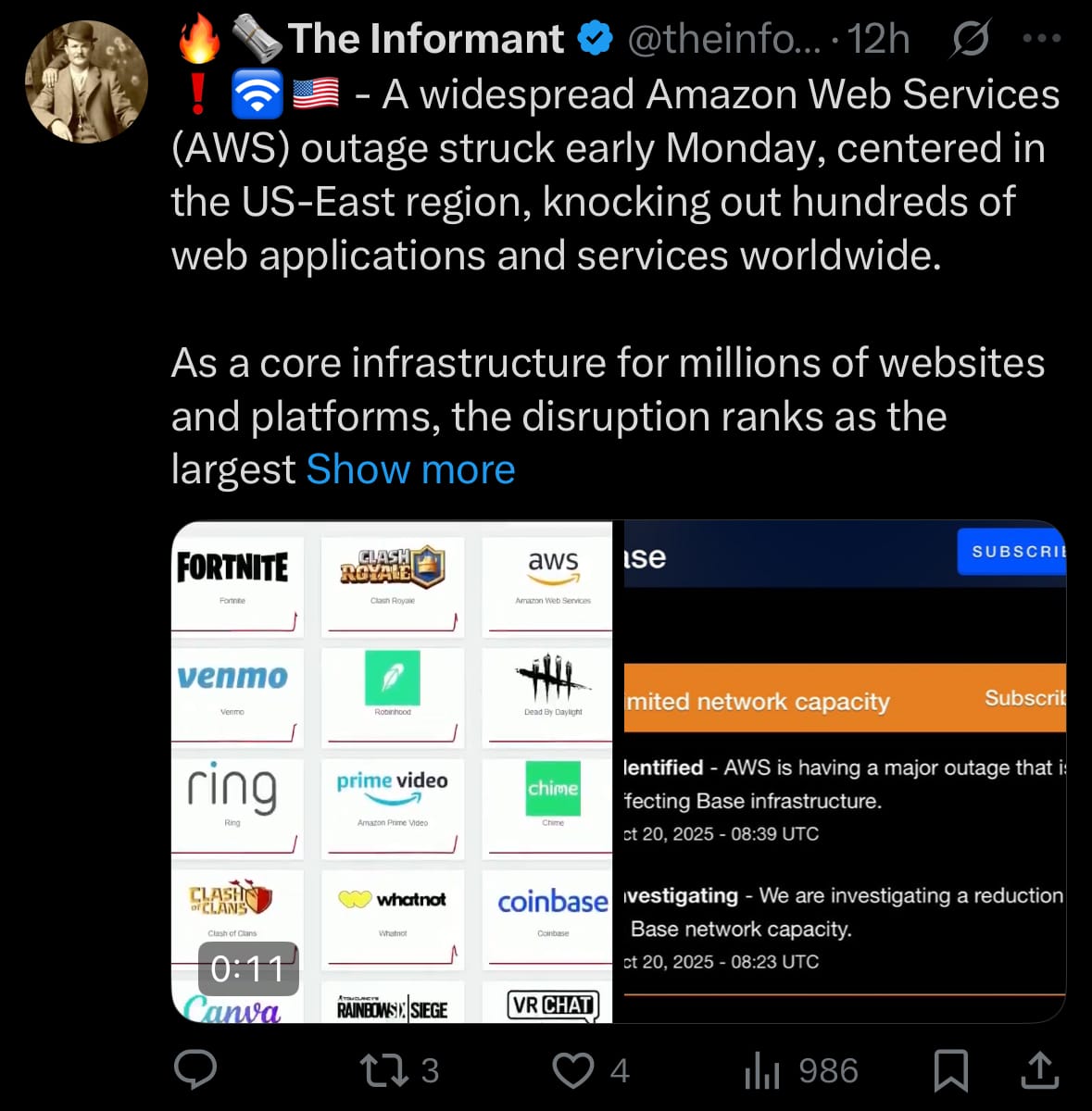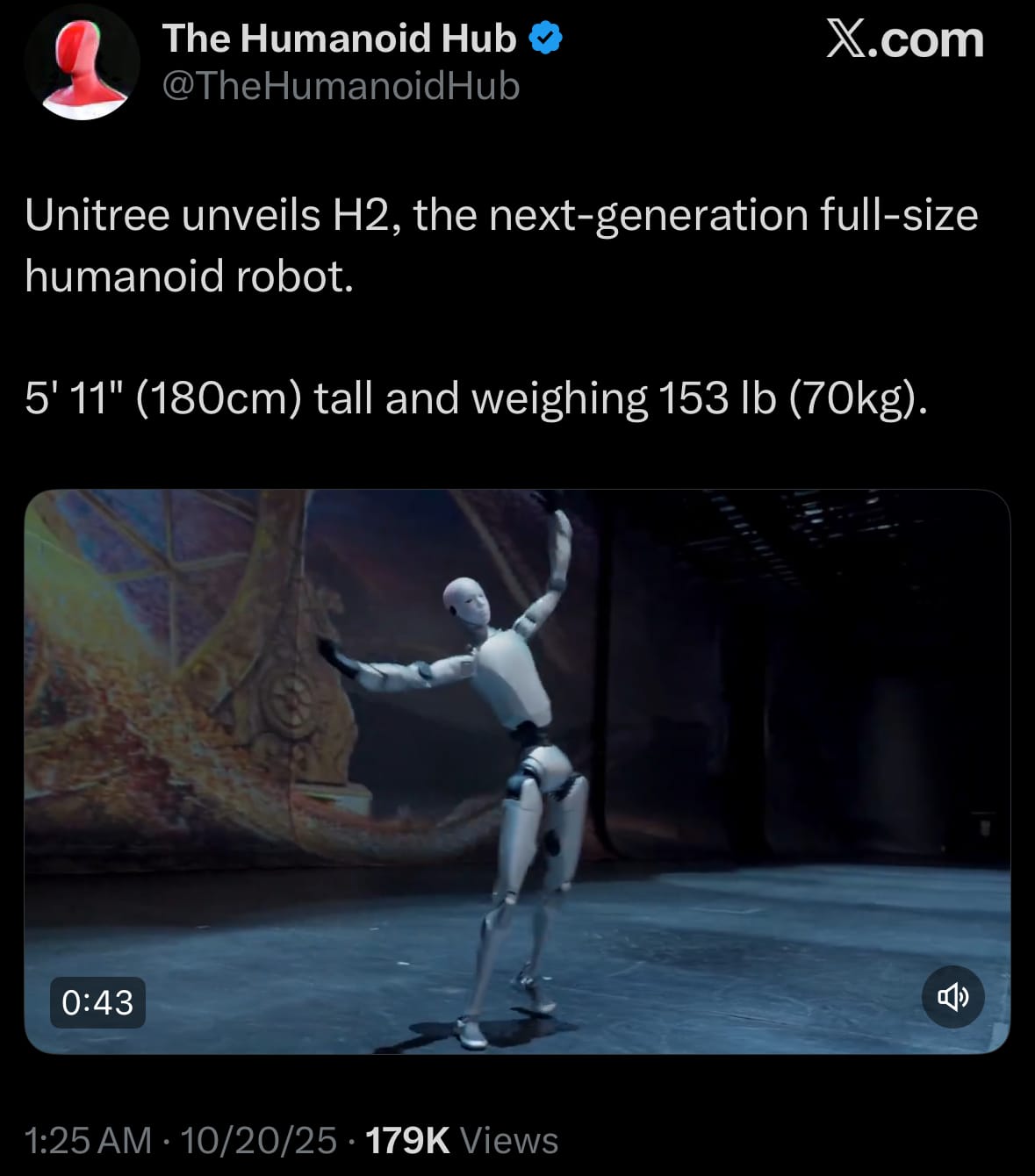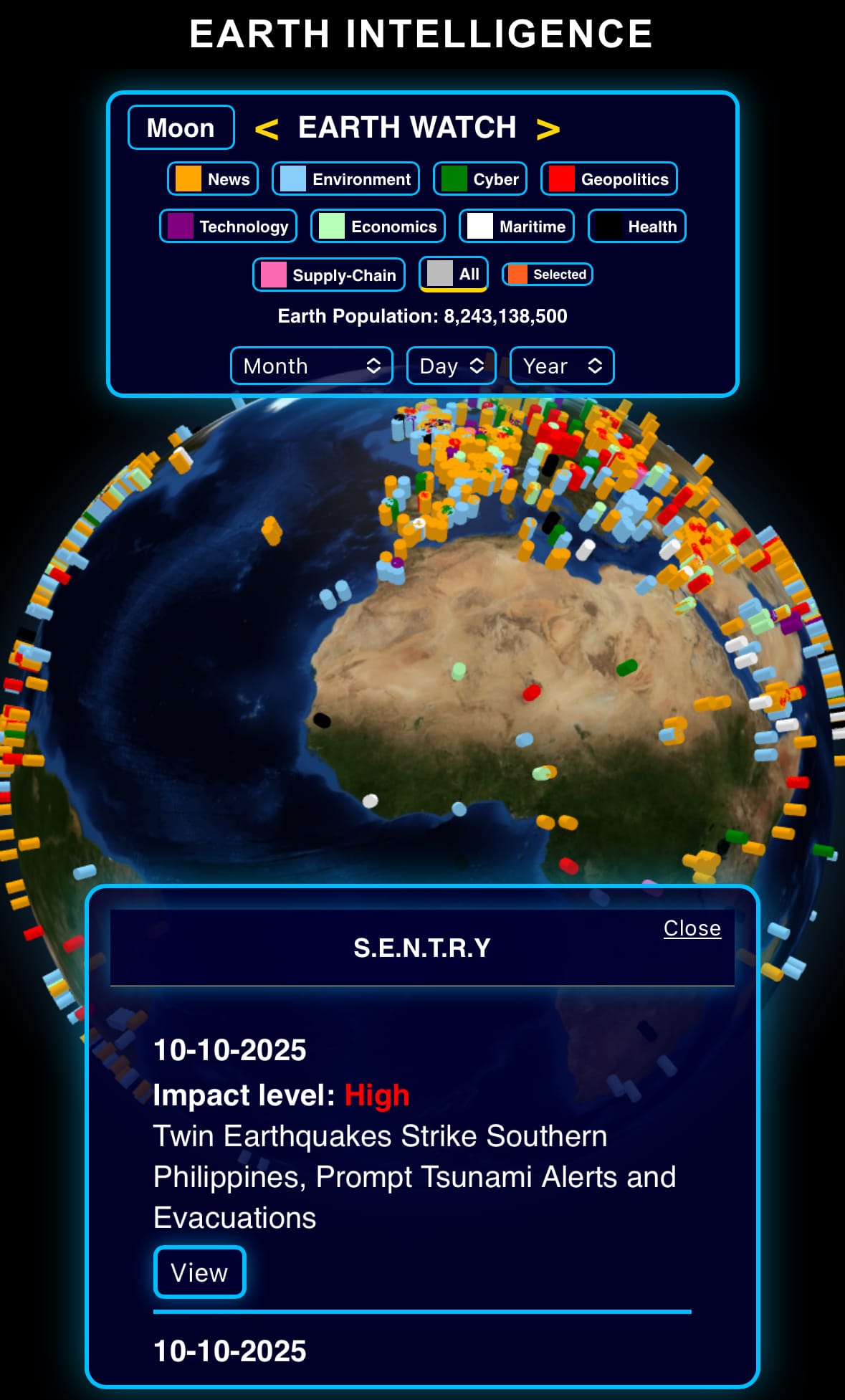Tuesday☕️

Trending:
- On October 20, 2025, Amazon Web Services (AWS) faced a significant global outage starting in the morning, affecting many websites and apps such as Snapchat, Ring, Signal, Coinbase, and Robinhood. The problem mainly hit the US-EAST-1 region in Northern Virginia, impacting over 2,000 companies and causing issues in services like DynamoDB, SQS, and EC2 networking. Users saw errors when trying to access platforms, and Downdetector recorded thousands of reports, but no safety threats or data losses were identified. The outage came from a fault in a main database directory service, causing downtime of up to 15 hours before everything was fixed.

- This event points to weaknesses in cloud systems used by millions, leading to talks about better backups and strength in online services as reliance grows. Amazon said all services were back by evening with no lasting effects, but it highlights worries about failures in key providers. The outage touched operations worldwide, from online shopping to finance, and could prompt checks of AWS systems to avoid similar issues in the future.
Economics & Markets:
- Yesterday’s U.S. stock market:

- Yesterday’s commodity market:

- Yesterday’s crypto market:

Geopolitics & Military Activity:
- On October 20, 2025, the Israeli military carried out airstrikes on Hezbollah targets in southern Lebanon, including eight raids near the villages of Jarmaq and Aishiyeh in the Jezzine district, as well as strikes in the Mahmoudiyeh and Jarmak areas.

- The strikes focused on sites said to be used by Hezbollah for rebuilding infrastructure, with smoke seen over Aaichiyeh village. No casualties were reported right away from these attacks, which are part of regular cross-border incidents during continued tensions. Lebanese officials have not yet given an official statement on the day's events, and initial reports did not mention interruptions to civilian life.
Environment & Weather:
- On October 20, 2025, a tornado struck the northern suburbs of Paris, France, specifically in the town of Ermont in Val-d'Oise department, causing significant damage and casualties. The storm toppled three construction cranes at a building site, resulting in the death of one worker and injuries to at least 10 others, with four in critical condition. It also caused power outages affecting over 1,500 homes, disrupted traffic due to fallen trees, and led to emergency responses from local authorities.

- No further casualties were reported beyond the construction site, and the event is considered rare for the region, occurring around 5:45 p.m. local time amid a violent storm with strong gusts. This incident highlights vulnerabilities in urban areas to extreme weather, prompting immediate investigations into structural safety and weather forecasting accuracy. French officials have not yet released a full assessment of the damage, but cleanup efforts are underway with minimal broader disruptions noted.
Science & Technology:
- On October 20, 2025, Unitree Robotics unveiled the H2, its next-generation full-size humanoid robot, standing at 180 cm tall and weighing 70 kg. The robot features a more humanlike appearance with a bionic face and is designed for agile movements, including demonstrations of ballet, kung fu, and graceful spins. Equipped with 31 joints for enhanced flexibility, it builds on the company's previous H1 model by incorporating advanced sensors and AI for tasks like navigation, object manipulation, and interaction in real-world environments. The unveiling video emphasized its safe and friendly design, aimed at serving users in domestic or industrial settings without complex setup.

- This release positions Unitree as a key player in the growing humanoid robotics sector, competing with models from companies like Boston Dynamics, Figure, and Tesla by focusing on affordability and rapid development. The H2's capabilities reflect broader trends in AI-driven robotics for applications in healthcare, manufacturing, and home assistance, though it also prompts discussions on ethical integration, such as privacy in human-robot interactions and the potential displacement of jobs. No immediate pricing or availability details were announced, but the robot is expected to undergo further testing before commercial rollout.

Statistic:
- Largest public automakers on Earth by market capitalization:
- 🇺🇸 Tesla: $1.487T
- 🇯🇵 Toyota: $260.82B
- 🇨🇳 Xiaomi: $155.80B
- 🇨🇳 BYD: $128.66B
- 🇮🇹 Ferrari: $70.82B
- 🇩🇪 Mercedes-Benz: $60.39B
- 🇮🇳 Maruti Suzuki India: $58.78B
- 🇩🇪 BMW: $57.65B
- 🇺🇸 General Motors: $55.58B
- 🇩🇪 Volkswagen: $53.90B
- 🇮🇳 Mahindra & Mahindra: $49.86B
- 🇺🇸 Ford: $47.43B
- 🇩🇪 Porsche: $45.68B
- 🇰🇷 Hyundai: $41.87B
- 🇯🇵 Honda: $40.58B
- 🇨🇳 Seres Group: $35.72B
- 🇰🇷 Kia: $31.40B
- 🇳🇱 Stellantis: $30.88B
- 🇯🇵 Suzuki Motor: $28.66B
- 🇨🇳 SAIC Motor: $26.54B
- 🇨🇳 Geely: $24.98B
- 🇨🇳 Great Wall Motors: $24.46B
- 🇨🇳 Chery Automobile: $22.68B
- 🇨🇳 Li Auto: $22.17B
- 🇮🇳 Hyundai Motor India: $21.49B
History:
- The aircraft carrier evolved from experimental beginnings into the centerpiece of global naval power over the course of a century. The first true carriers emerged during and after World War I, with the British Royal Navy pioneering early designs such as HMS Argus (1918), the first full-length flight deck carrier. Japan quickly followed with Hōshō (1922), the world’s first purpose-built carrier, while the United States converted the collier Jupiter into USS Langley (1922). During World War II, carriers became decisive weapons. Japan’s early carrier strike groups dominated the Pacific until the U.S. Navy turned the tide at Midway in 1942, proving the carrier’s supremacy over the battleship. Britain’s armored-deck carriers endured punishing operations in the Atlantic and Mediterranean, while Japan’s massive Shōkaku-class and America’s Essex-class became the backbone of their respective fleets. By 1945, carrier-based aviation defined modern naval warfare, and nearly every major navy sought to build its own.
- In the Cold War era, the United States outpaced all rivals, launching the nuclear-powered USS Enterprise (CVN-65) in 1961 and later the 10-ship Nimitz class, which dominated the seas for half a century. The Soviet Union countered with conventionally powered “heavy aviation cruisers” such as Admiral Kuznetsov, blending missile and air operations, though chronic mechanical and budgetary problems limited their reach. The United Kingdom rebuilt its carrier force after decommissioning its large fleet carriers, fielding smaller Harrier carriers like HMS Invincible before returning to large-deck designs with the modern Queen Elizabeth class (2017). France introduced its own nuclear-powered Charles de Gaulle (2001), and China rapidly expanded from refitting the Soviet-built Liaoning (commissioned 2012) to constructing its first domestically built Type 001A (Shandong, 2019) and the next-generation catapult-equipped Fujian (Type 003, launched 2022). Today, the United States maintains unmatched dominance with an all-nuclear carrier fleet—ten Nimitz-class vessels and the emerging Gerald R. Ford class, beginning with CVN-78 (2017)—featuring electromagnetic launch systems, advanced arresting gear, and automated logistics. This progression, from Britain’s wooden decks to America’s atomic supercarriers, reflects a century-long global race where sea-based airpower remains the defining instrument of strategic reach and deterrence.
Image of the day:

Thanks for reading!
- EARTH INTELLIGENCE builds private intelligence systems for organizations — connecting their internal and external data with AI to create one interactive command center for real-time awareness, decision making, and predictions.
Earth is complicated, we make it simple.
- Click below if you’d like to view our free EARTH WATCH globe:


Click below to view our previous newsletters:

Support/Suggestions Email:
earthintelligence@earthintel.news




